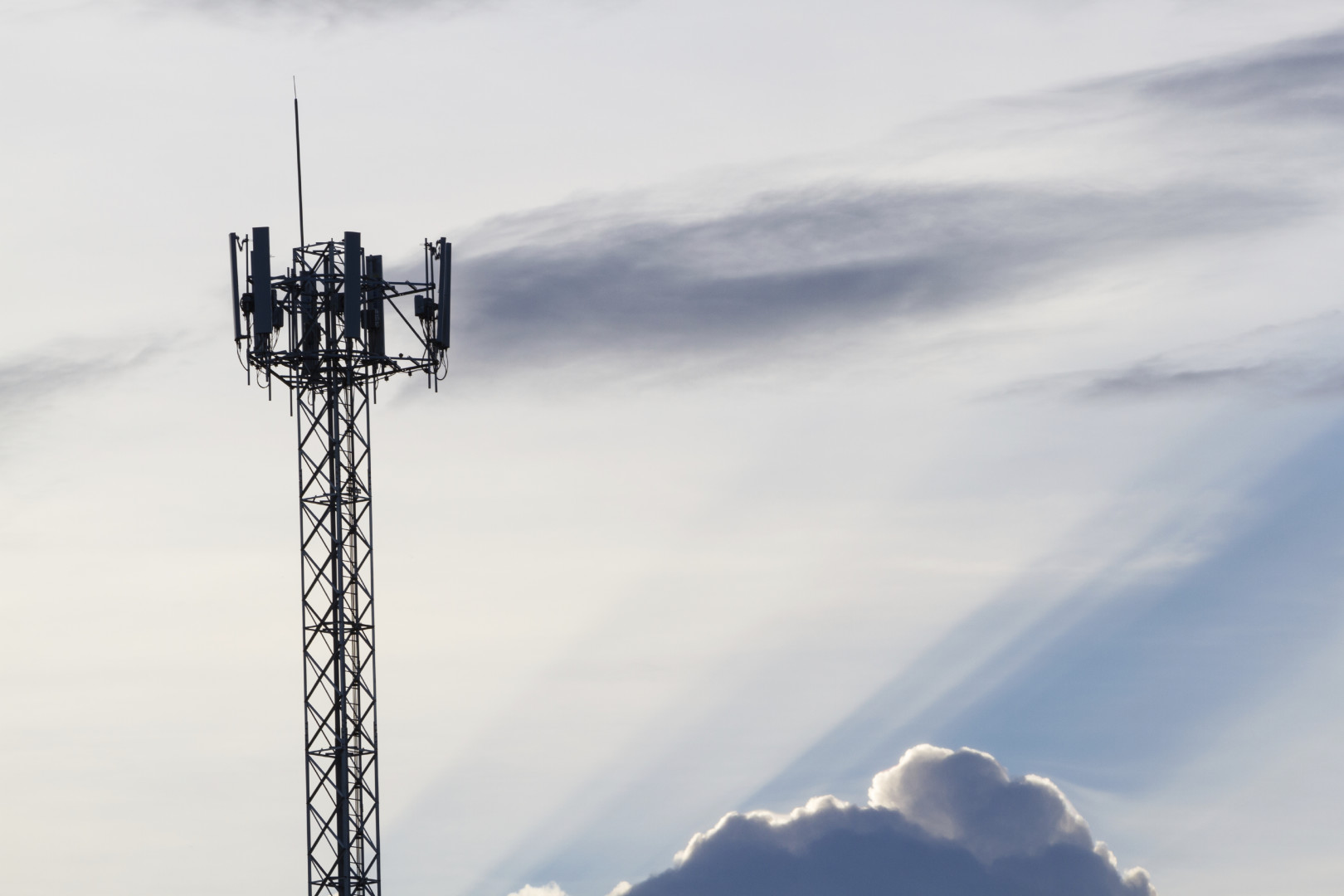You may not know it, but there’s a radio in your smartphone. Whether iPhone or Galaxy, all smartphones contain a chip that receives FM radio signals. Most carriers don’t activate them, so they sit inert, forcing you to use Wi-Fi or cellular data to listen to Diane Rehm.
Broadcasters have urged the Federal Communications Commission to give the FM chips a second life as an emergency communications system, but their pleas aren’t resonating: the chips aren’t on the agenda for the FCC’s upcoming meeting on the Wireless Emergency System.
Public safety officials and broadcasters warn that individuals who are potentially in danger could be cut off from crucial information when the wireless networks get overloaded or damaged in an emergency, and FM radio bands would be a rugged, relatively failsafe means of communicating during a crisis.
Leaving the chip deactivated means smartphone users turn to apps like Spotify or SoundCloud to stream music on their devices. Wireless service providers can profit from that, because users need data to power them. Some in the wireless network industry also doubt there’s a real market demand for FM-enabled phones.
While broadcasters argue the demand for radio does still exist, public safety plays a central role in the push for carriers to enable FM radio receivers in smartphones.
Wireless service is more vulnerable to disaster situations than FM radio. In 2012, Hurricane Sandy knocked out the power for multiple data centers in New York and left individuals in the area with no means of accessing vital safety information.
Federal Emergency Management Agency Administrator Craig Fugate has pointed to Sandy as just one example of this common problem in safety alert messages that could be easily fixed with active FM chips in cell phones. Even if data systems break down completely, you can still receive safety information.
FM radio is broadcast through different airwaves than wireless networks in a way that allows everyone in a service area to get a clear signal.
Wireless networks can break down before, during and after disasters when too many individuals attempt to use mobile data to access information. Cellphone networks and the Internet transmit signals on a one-to-one design, and become easily congested.
Radio signals don’t have these limitations.
In an Oct. 2014 video for FreeRadioOnMyPhone, a collection of public and commercial radio stations pressing for carriers to activate the FM chip, Fugate highlighted the vulnerabilities of data-centric wireless alert systems, and the importance of keeping FM capabilities for emergency situations.
He provided an example where mobile phone users in Virginia couldn’t access the system after an earthquake. Even though cell systems sustained no real damage, the demand for data was so high it crashed the system. “All of a sudden your smartphone became a brick,” Fugate said. “You didn’t have anything.”
Fugate said having FM radio chips enabled in smartphones would provide assurance that people can still get information from broadcasters no matter what happens. “All disasters are local,” he said. “The most important information are going to come from those local broadcasters that are plugged into local officials telling you what’s going on on the ground.”
Fugate’s warning highlights the importance of keeping FM chips enabled, according to the Executive Vice President of Communications at the National Association of Broadcasters, Dennis Wharton.
“When the FEMA head says FM chips should be voluntarily activated to save lives in an emergency, that’s a pretty powerful statement,” Wharton said in an email. “Wireless carriers who have heeded Craig Fugate’s call deserve credit. We hope others will follow.”
Sprint became the first of the major providers to enable these chips in select Android and Windows smartphones in 2013.
AT&T announced in July it will move to enable FM radio chips in Android phones, and T-Mobile followed suit in August. The final decision on when their phones will have the feature is up to the manufacturers of the phone.
But Apple’s market-dominating iPhones still come with the chips disabled; the company did not respond to requests for comment. And while FreeRadioOnMyPhone calls for Verizon to unlock the chips, a representative for the wireless provider said the wireless company doesn’t prohibit device manufacturers from enabling their FM chips.
“There are no requirements that prevent Verizon’s handset suppliers from providing an FM radio chip in their devices,” Verizon’s Director of External Communications Richard Young said in an email.
He said that there are “several devices” Verizon sells with FM radio capabilities, but that the company hasn’t seen much demand for the feature from customers.
CTIA The Wireless Association, takes a similar stance on the demand for FM radio capability.
“Consumer preference should dictate the functionality included in mobile devices,” Jot Carpenter, Vice President of Government Affairs at CTIA said in an email. “There are a number of devices available today that include FM capability if that’s what consumers seek.”
Verizon, Sprint, AT&T and T-Mobile are all members of CTIA.
